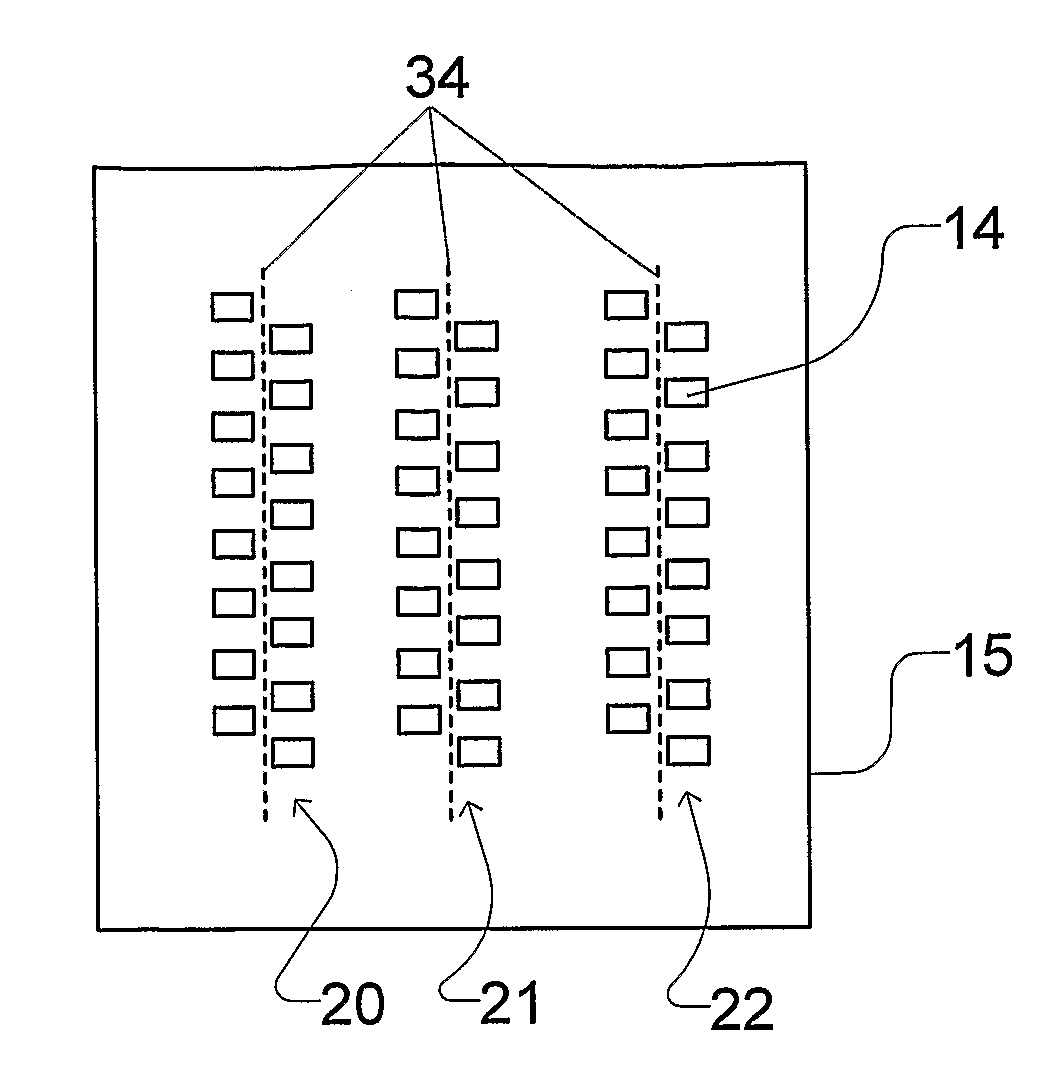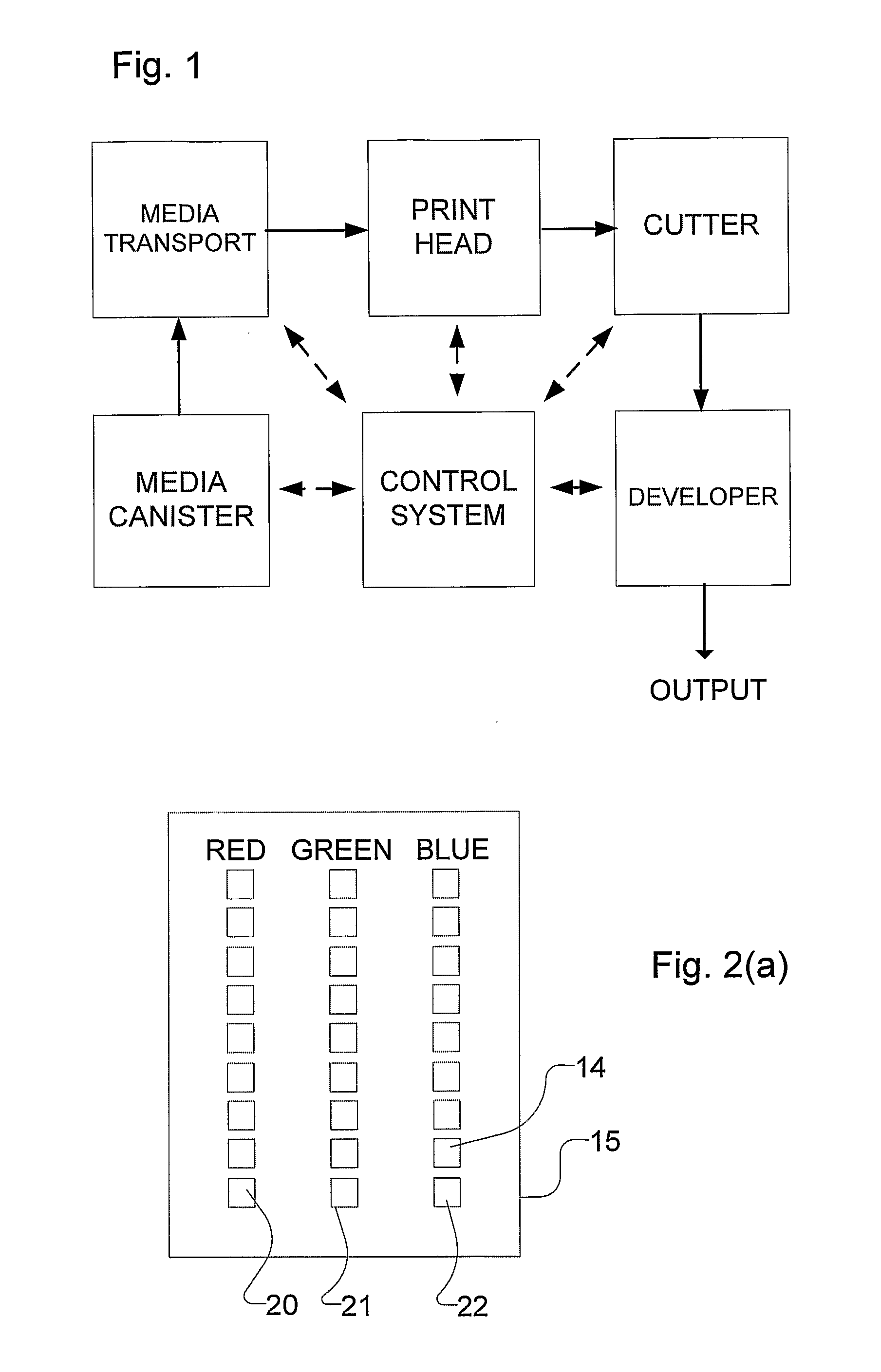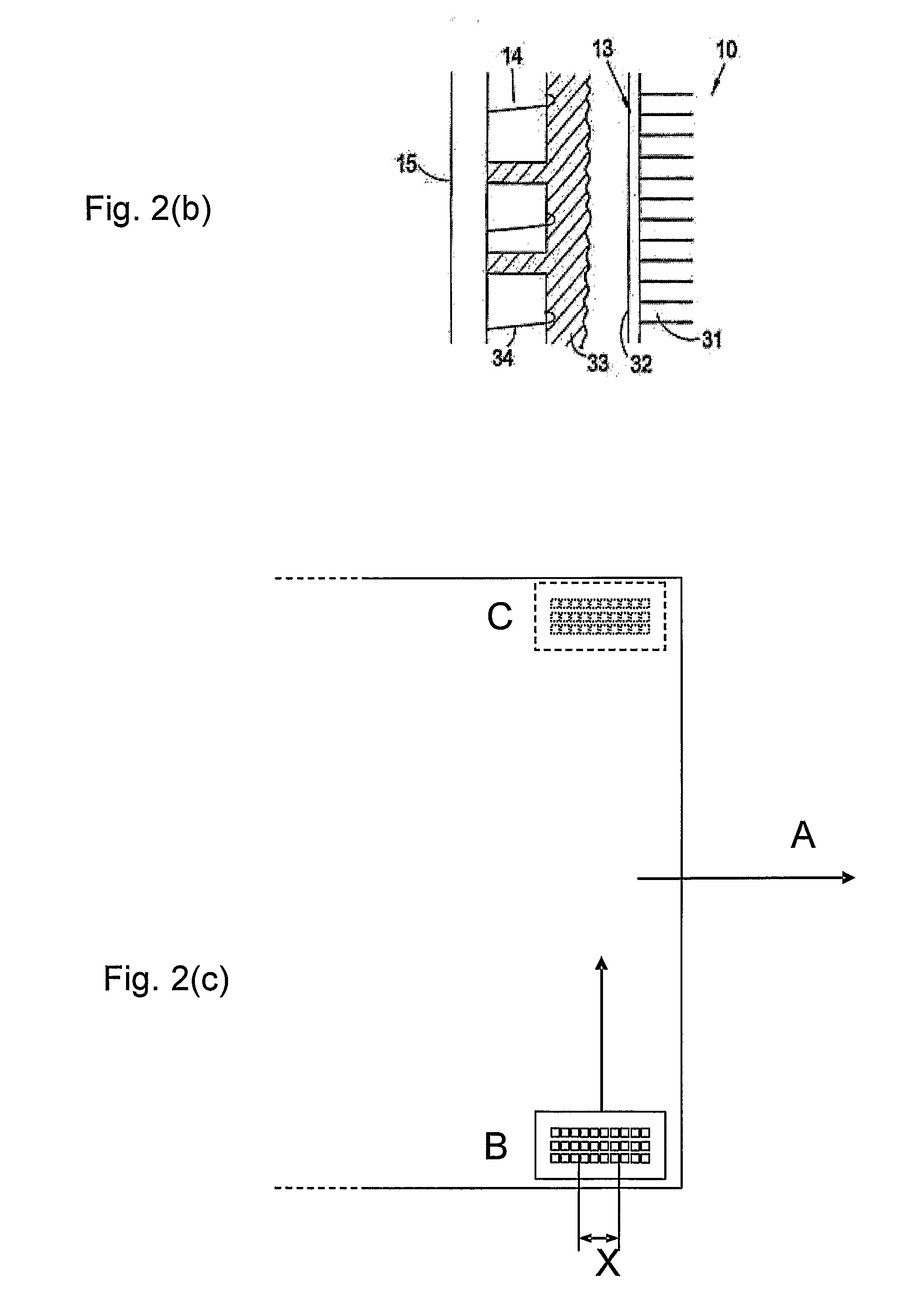Optical printers
a technology of optical printers and optical plates, applied in printers, pile separation, printing, etc., can solve the problems of affecting the quality of images, limiting the resolution achievable, and affecting the physical size of the illumination device, so as to reduce the possibility of the medium slipping
- Summary
- Abstract
- Description
- Claims
- Application Information
AI Technical Summary
Benefits of technology
Problems solved by technology
Method used
Image
Examples
Embodiment Construction
[0070]Various preferred embodiments of the present invention will now be described in detail. The following description is merely illustrative, and should not be construed as limiting—in any way—the scope of the present invention. It will be appreciated that many modifications and alterations may be made to the particular embodiments that are hereafter described, and notice is hereby given that all such modifications and alterations are within the scope of the present invention. For example, whilst the following description refers to the individual illuminating elements of the arrays as being light emitting diodes, it will be immediately apparent to someone of ordinary skill in the art that a variety of different types of illumination devices may instead be provided and as such a reference herein to LEDs should not be construed as a limitation of the scope of the present invention.
[0071]The term “photographic medium”, as used herein, refers to any medium that may be optically expose...
PUM
 Login to View More
Login to View More Abstract
Description
Claims
Application Information
 Login to View More
Login to View More - R&D
- Intellectual Property
- Life Sciences
- Materials
- Tech Scout
- Unparalleled Data Quality
- Higher Quality Content
- 60% Fewer Hallucinations
Browse by: Latest US Patents, China's latest patents, Technical Efficacy Thesaurus, Application Domain, Technology Topic, Popular Technical Reports.
© 2025 PatSnap. All rights reserved.Legal|Privacy policy|Modern Slavery Act Transparency Statement|Sitemap|About US| Contact US: help@patsnap.com



